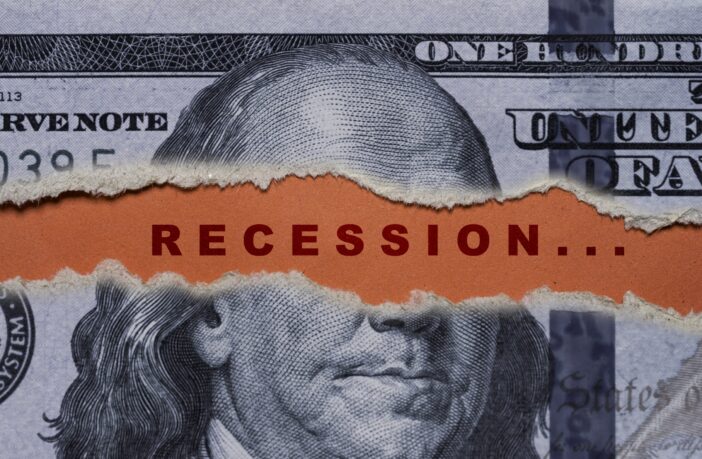The U.S. economy stands at a critical inflection point. According to a recent Deutsche Bank survey, there’s a 43% probability of a recession within the next 12 months—an estimate that effectively signals a coin-flip scenario for economic contraction. While headline indicators such as low unemployment and modest growth remain encouraging, underlying sentiment across both consumers and businesses suggests growing anxiety about the nation’s financial trajectory.
This concern is not without merit. Federal Reserve Chair Jerome Powell acknowledged these concerns last week, even as he maintained that the economy remains “strong overall.” Nevertheless, the Fed lowered its 2024 GDP growth projection to just 1.7%, the weakest rate outside the pandemic since 2011. At the same time, core inflation is now forecast to average 2.8%, exceeding the Fed’s 2% target—indicating the possibility of stagflation.
From an economic perspective, stagflation—where growth slows while inflation remains elevated—presents a difficult policy puzzle. The Federal Reserve may be forced to choose between supporting slowing economic growth and aggressively containing inflation. Both actions come with tradeoffs that could reverberate across markets and Main Street.
Several prominent financial voices, including DoubleLine Capital’s Jeffrey Gundlach, estimate recession odds as high as 60%. Market indicators and economist forecasts reflect similar caution, with some predicting GDP growth below 1%—flirting with the technical definition of recession.
Potential Consequences of a U.S. Recession:
Job Losses: Rising unemployment as businesses reduce hiring or initiate layoffs to cut costs.
Consumer Spending Decline: Reduced household income and heightened uncertainty often lead to decreased spending, particularly on non-essential goods.
Business Investment Slowdown: Companies may delay expansion plans, innovation, or capital investments.
Stock Market Volatility: Equities often react negatively to declining earnings and broader economic fears.
Credit Tightening: Banks and lenders may become more cautious, making loans harder to obtain for both consumers and businesses.
Real Estate Impact: Slower home sales, declining home prices, and decreased construction activity.
Government Revenue Decline: Lower income and sales tax collections could lead to budget shortfalls at local, state, and federal levels.
Social Program Strain: Increased demand for unemployment insurance, food assistance, and housing support.
Federal Reserve Dilemma: Balancing the need to combat inflation without pushing the economy further into contraction.
Long-Term Confidence Damage: Prolonged economic uncertainty can dampen consumer and investor confidence, delaying recovery.



